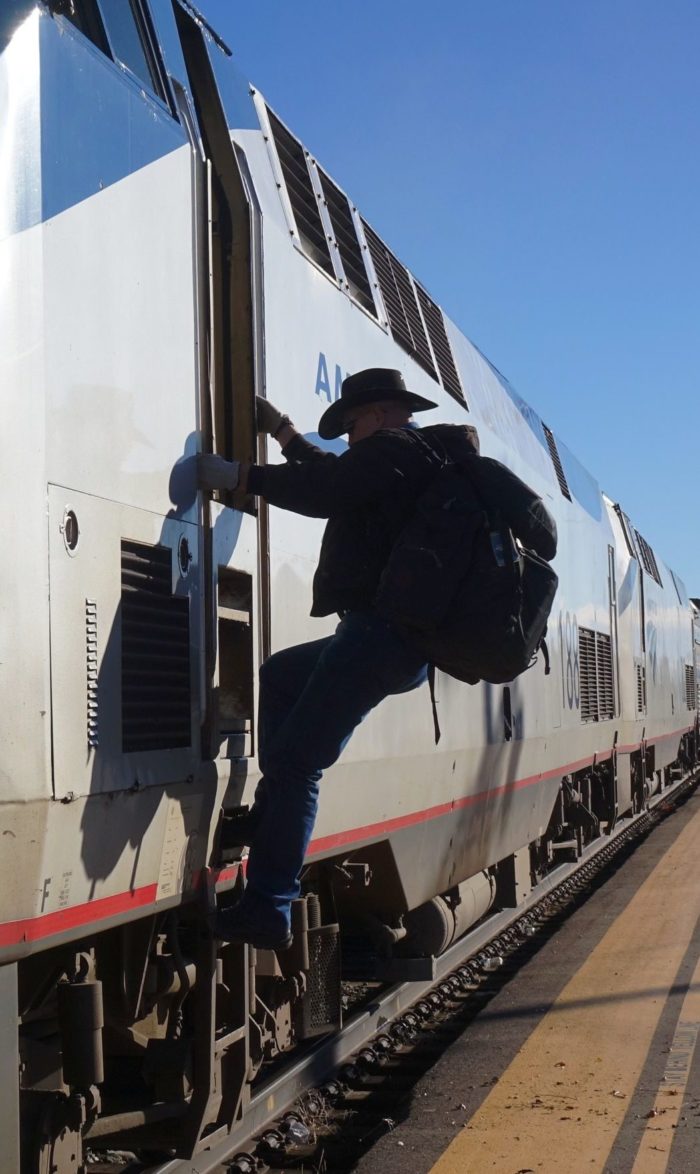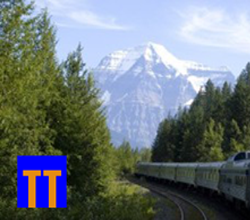Are Two Engineers Better Than One?
A week or so ago, I wrote about the argument brewing between the FRA—the Federal Railroad Administration—and the nation’s freight railroads. The issue has to do with when there must be two qualified engineers in a locomotive cab.
The second engineer is there primarily as a safety factor—to spell the other engineer occasionally, to be a second pair of eyes, and to handle radio communication when the other guy is busy … coming into a station, for example.
 Anyway, that post prompted questions from readers about which Amtrak trains had one engineer and which had two? As always, there are NARP people with exactly that kind of knowledge and from one came the answer: It depends.
Anyway, that post prompted questions from readers about which Amtrak trains had one engineer and which had two? As always, there are NARP people with exactly that kind of knowledge and from one came the answer: It depends.
It depends, for one thing, on how long the run is. It also depends on what government safety standards may apply. And it depends on the terms of whatever labor agreement is in effect. In other words, there is no rule that applies across the board.
Long-distance routes are cut up into segments and that’s where the crew changes occur—meaning usually two conductors and either one or two engineers.
Between New York City and Albany, there is one engineer in the head end of all Amtrak trains. From Albany north, there are two engineers for both the Adirondack to Montreal and the Maple Leaf to Toronto.
Heading west from Albany, the Lake Shore Limited has one engineer from there to Syracuse and again from Syracuse to Buffalo. But there are two engineers from Buffalo all the way into Chicago, with a crew change in Toledo.
By the way, unlike airline pilots, each Amtrak engineer is assigned to a specific segment on a route. And he or she has to qualify before being certified for that route—that means being thoroughly familiar with every switch and every siding everywhere along that section.
I dunno … some people’s eyes glaze over when I talk about this stuff. Me? I think it’s interesting.




I’m interested! I guess it differs also from (former) railroad to (former) railroad how an engineer is supposed to know the maximum speed on this particular segment? I believe French and German engineers get a line ‘manual’ with all the particularities, where they can follow where they are. In Belgium, we don’t equip our engineers with a manual, only a list with a timeline, but we have speed signs and other signs on the side of the track. And like yours, they have to be certified for the line segment, too. More so then in France or Germany, where an uncertified driver may be given a manual and the assignment to limit his maximum speed, and on he goes.
We can have 2 drivers in place, for instance when one driver doesn’t know the line he’s driving on, in which case he’s accompanied by a driver who does (but doesn’t necessarily know the type of locomotive power).